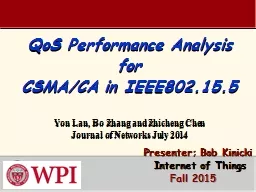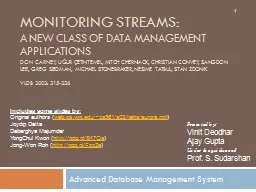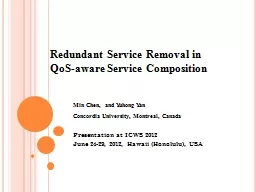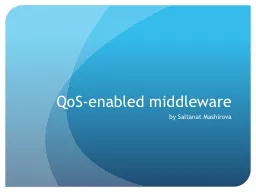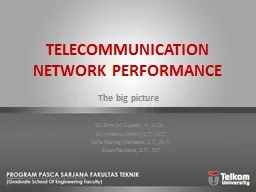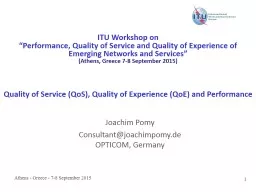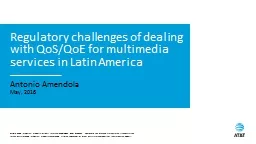PPT-QoS Performance Analysis
Author : conchita-marotz | Published Date : 2016-07-15
for CSMACA in IEEE802155 Yon Lan Bo Zhang and Zhicheng Chen Journal of Networks July 2014 Presenter Bob Kinicki Internet of Things Fall 2015
Presentation Embed Code
Download Presentation
Download Presentation The PPT/PDF document "QoS Performance Analysis" is the property of its rightful owner. Permission is granted to download and print the materials on this website for personal, non-commercial use only, and to display it on your personal computer provided you do not modify the materials and that you retain all copyright notices contained in the materials. By downloading content from our website, you accept the terms of this agreement.
QoS Performance Analysis: Transcript
Download Rules Of Document
"QoS Performance Analysis"The content belongs to its owner. You may download and print it for personal use, without modification, and keep all copyright notices. By downloading, you agree to these terms.
Related Documents

